Medical Office Procedures 9Th Edition By Nenna Bayes – Test Bank
Medical Office Procedures, 9e (Bayes)
Chapter 3 Office Communications: An Overview of Verbal and Written Communications
1) At the beginning of the communication cycle, who organizes the message?
A) Patient
B) Physician
C) Sender
D) Receiver
2) What is the chosen method for transmitting a message?
A) Channel
B) Format
C) Message
D) Line
3) Expressing ideas through words and gestures to ideas is known as
A) Illustrating.
B) Improvising.
C) Coding.
D) Encoding.
4) A barrier to effective communication is:
A) Inactive listening
B) Active listening
C) Organization of the message
D) Nonverbal communication
5) All of these items contribute to our unspoken message except:
A) Tone of voice
B) Eye contact
C) Hairstyle
D) Facial Expression
6) One of the most visible and expressive parts of the body is:
A) Face
B) Nose
C) Shoulders
D) Feet
7) Which of these is expressed nonverbally by making and keeping eye contact with an audience?
A) Apprehension
B) Nervousness
C) Happiness
D) Confidence
8) When direct eye contact is maintained, a level of ________ is established.
A) Caring
B) Trust
C) Understanding
D) Responsibility
9) The public zone used for most public speaking events should be ________ feet or more from the audience.
A) 6
B) 8
C) 10
D) 12
10) A social zone is used for communication within ________ feet of an audience.
A) 3 to 6
B) 6 to 12
C) 4 to 12
D) 5 to 10
11) Which type of letter places the dateline at 2 inches?
A) Block style
B) Ratified-block style
C) Modified-block style
D) Open punctuation

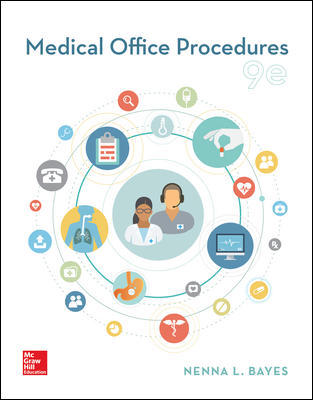




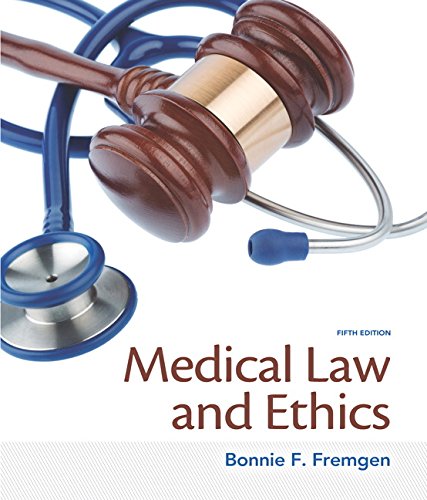

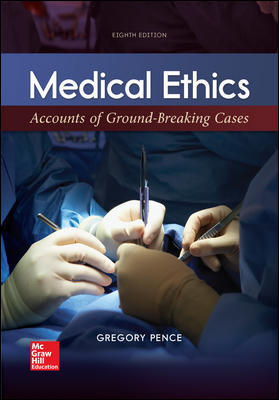

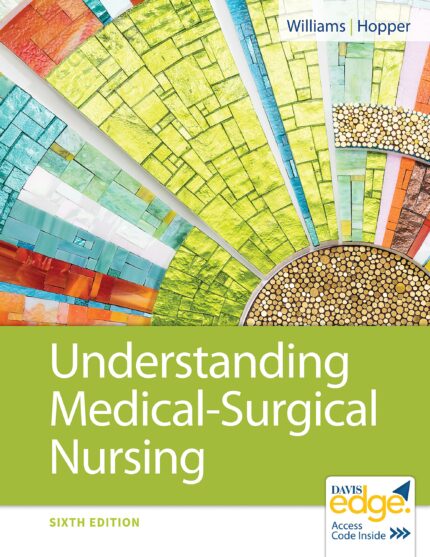
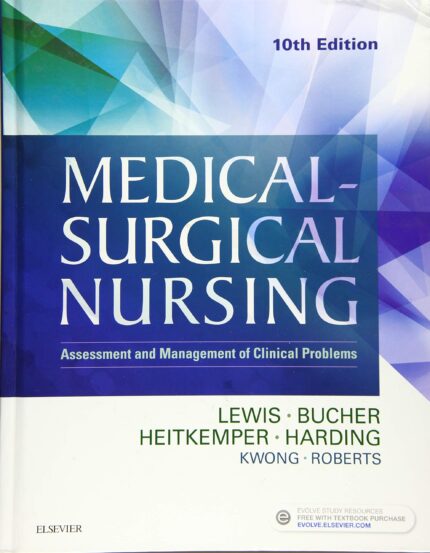

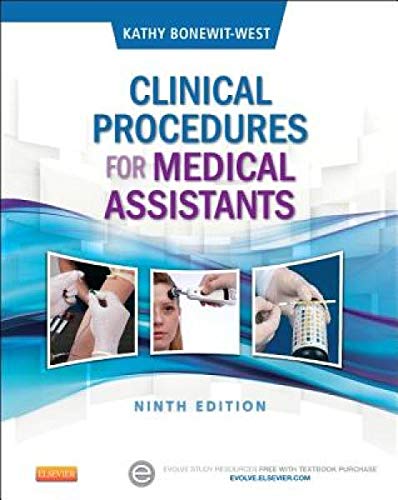
Reviews
There are no reviews yet.